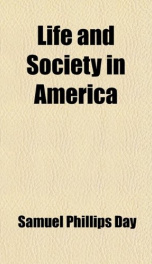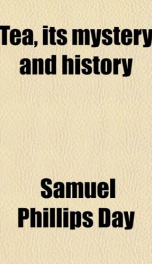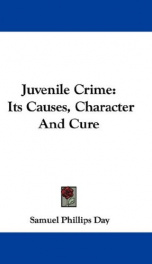life and society in america

Purchase of this book includes free trial access to www.million-books.com where you can read more than a million books for free. This is an OCR edition with typos. Excerpt from book: CHAPTER IV. HOTELS. If Brooklyn be, as it is somewhat affectedly termed, " the City of Churches," New York may not inappropriately be denominated " the City of Hotels." It possesses at least sixty rather pretentious places of public entertainment, some of which, if not the finest, are undeniably the largest edifices of the kind in the world. The leading establishments comprise the Clarendon, Breevort House, Metropolitan, St. Nicholas, Fifth Avenue, Astor House, La Farge, Everett House, New York, Prescott, and the St. James's. The Astor House, at the foot of Broadway, is the oldest, having been built in 1839, by John Jacob Astor, who had the reputation of being the richest man in the United States. It is a massive granite building, six stories high, the front of which occupies an entire block. Perhaps the most im- posing and luxuriously fitted-up hotels are the St. Nicholas and the Fifth Avenue. The former is built of white marble and brown freestone; the latter of white marble exclusively. Each building is six stories high, and affords accommodation to one thousand guests. The hotels at which travellers put up, or at which individuals permanently sojourn, give a clue to their callings, social positions, and, sometimes, political proclivities. Thus, the Clarendon and the Breevort are aristocratic, being generally frequented by eminent Englishmen and foreigners of rank. The Astor is purely commercial. The Metropolitan and Everett are partially financial and partially Democratic. The New York, kept by the estimable Mr. Hiram Cranston, acquired the reputation of being a "Secesh" house during the internecine war. The Prescott is mostly the resort of Western men. The St. Nicholas is the refugium for Californians. And, lastly, the Fifth Avenue is the temporary abode of ...
Info about the book
Author:
Series:
Unknown
ISBN:
1164893467
Rating:
3/5 (2)Your rating:
0/5
Languge:
English
Users who have this book
Users who want this book
What readers are saying
What do you think? Write your own comment on this book!
write a commentGenre
if you like life and society in america try:
Do you want to read a book that interests you? It’s EASY!
Create an account and send a request for reading to other users on the Webpage of the book!




